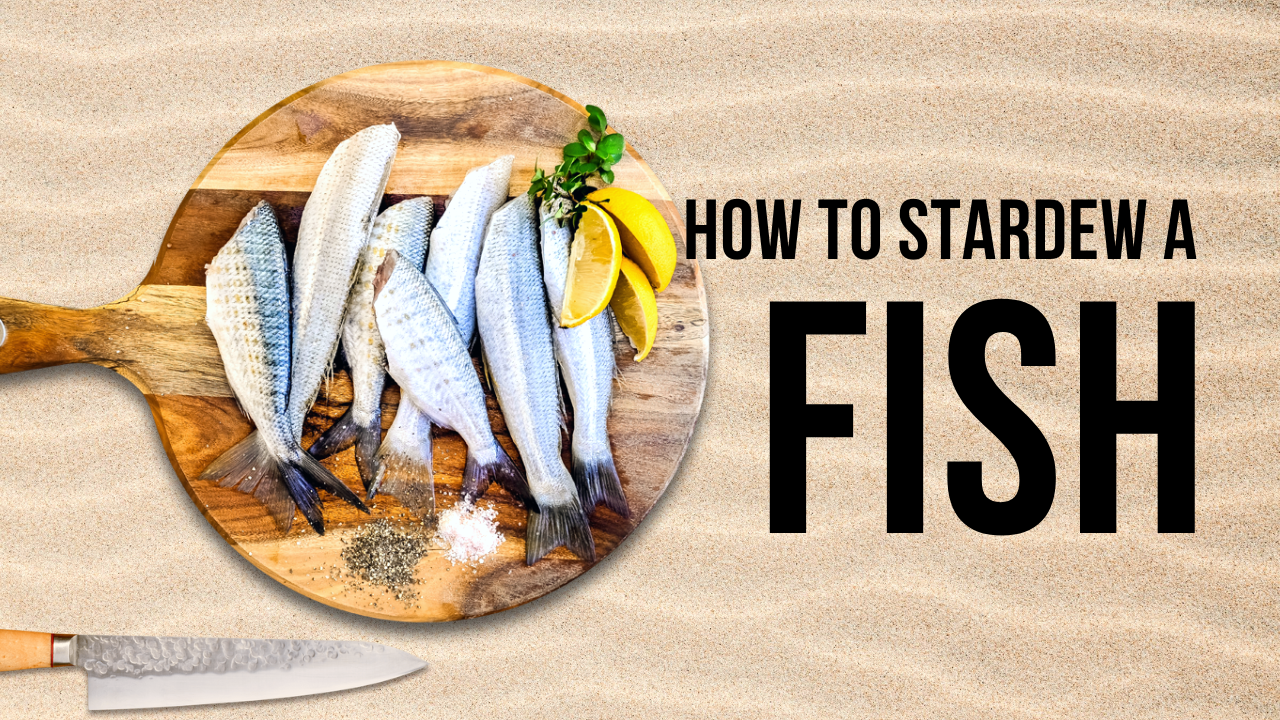The yellow belly turtle, also known as the yellow-bellied slider, is one of the most popular aquatic turtles kept as pets. Known for its striking yellow markings and charming personality, this turtle makes a fascinating addition to any home. If you’re considering getting one or already have one, understanding its care needs is crucial for ensuring a long and healthy life.
Physical Characteristics:
Yellow belly turtles are medium-sized freshwater turtles with vibrant yellow patterns on their plastron (belly shell) and legs. Their carapace (top shell) is typically olive-green to dark brown with yellow markings. Males are generally smaller than females, growing up to 8 inches, while females can reach up to 13 inches.
Habitat Setup:
Creating the right environment is essential for your yellow belly turtle’s health. Here’s what you need:
- Tank Size:
- A 75-gallon tank is ideal for one adult turtle. Ensure there’s ample space for swimming and basking.
- Water Quality:
- Use a water filter to maintain cleanliness and keep ammonia levels low. Weekly water changes are also recommended.
- Basking Area:
- Provide a dry basking platform with UVB lighting to support calcium absorption and shell health.
- Temperature:
- Maintain water temperatures between 72–80°F and basking area temperatures between 85–90°F.
- Substrate:
- Opt for smooth river rocks or sand to prevent ingestion hazards. Avoid sharp or jagged materials.
Diet and Nutrition:
The yellow belly turtle is omnivorous, which means it thrives on a mix of animal and plant-based foods.
- Protein Sources:
- Feed them turtle pellets, earthworms, crickets, and small fish for essential nutrients.
- Vegetables and Greens:
- Offer kale, collard greens, dandelion leaves, and zucchini. These provide vital vitamins and minerals.
- Calcium:
- Add cuttlebone to their tank for a natural source of calcium to strengthen their shells.
- Feeding Schedule:
- Juveniles: Feed daily.
- Adults: Feed 3–4 times a week.
Lifespan and Health:
Yellow belly turtles have a lifespan of 20–30 years when properly cared for. To keep your turtle healthy:
- Regularly monitor their shell for signs of softening or discoloration.
- Keep the tank clean to prevent bacterial and fungal infections.
- Provide a balanced diet to avoid obesity or nutritional deficiencies.
Common Health Issues:
- Shell Rot:
- This fungal infection occurs due to poor water quality or injuries. Consult a vet for treatment.
- Respiratory Infections:
- Symptoms include wheezing and lack of appetite. Ensure proper basking and water temperatures to avoid this.
- Vitamin Deficiency:
- Lack of UVB exposure can lead to metabolic bone disease. Use UVB lights and provide a calcium-rich diet.
Breeding Yellow Belly Turtles:
Breeding these turtles in captivity can be challenging but rewarding.
- Mating Behavior:
- Males perform a courtship ritual involving fluttering their claws around the female’s face.
- Egg Laying:
- Females lay eggs in sandy soil. Provide a nesting box if kept in captivity.
- Incubation:
- Eggs should be incubated at 82–86°F for 60–80 days.
Enrichment and Interaction:
Yellow belly turtles are not cuddly pets, but they can recognize their owners and become interactive during feeding time. Enrichment ideas include:
- Adding floating toys or live plants to the tank.
- Rearranging tank decorations occasionally to stimulate exploration.
Why Choose a Yellow Belly Turtle?
These turtles are hardy, visually appealing, and relatively low-maintenance compared to other pets. They’re an excellent choice for beginners and experienced turtle enthusiasts alike.
Conclusion:
The yellow belly turtle is a rewarding pet for those willing to commit to its care. With proper habitat setup, a balanced diet, and regular maintenance, these turtles can thrive for decades, bringing joy and fascination to their owners. Whether you’re a first-time pet owner or an experienced reptile keeper, following these guidelines will ensure a happy and healthy life for your turtle.












